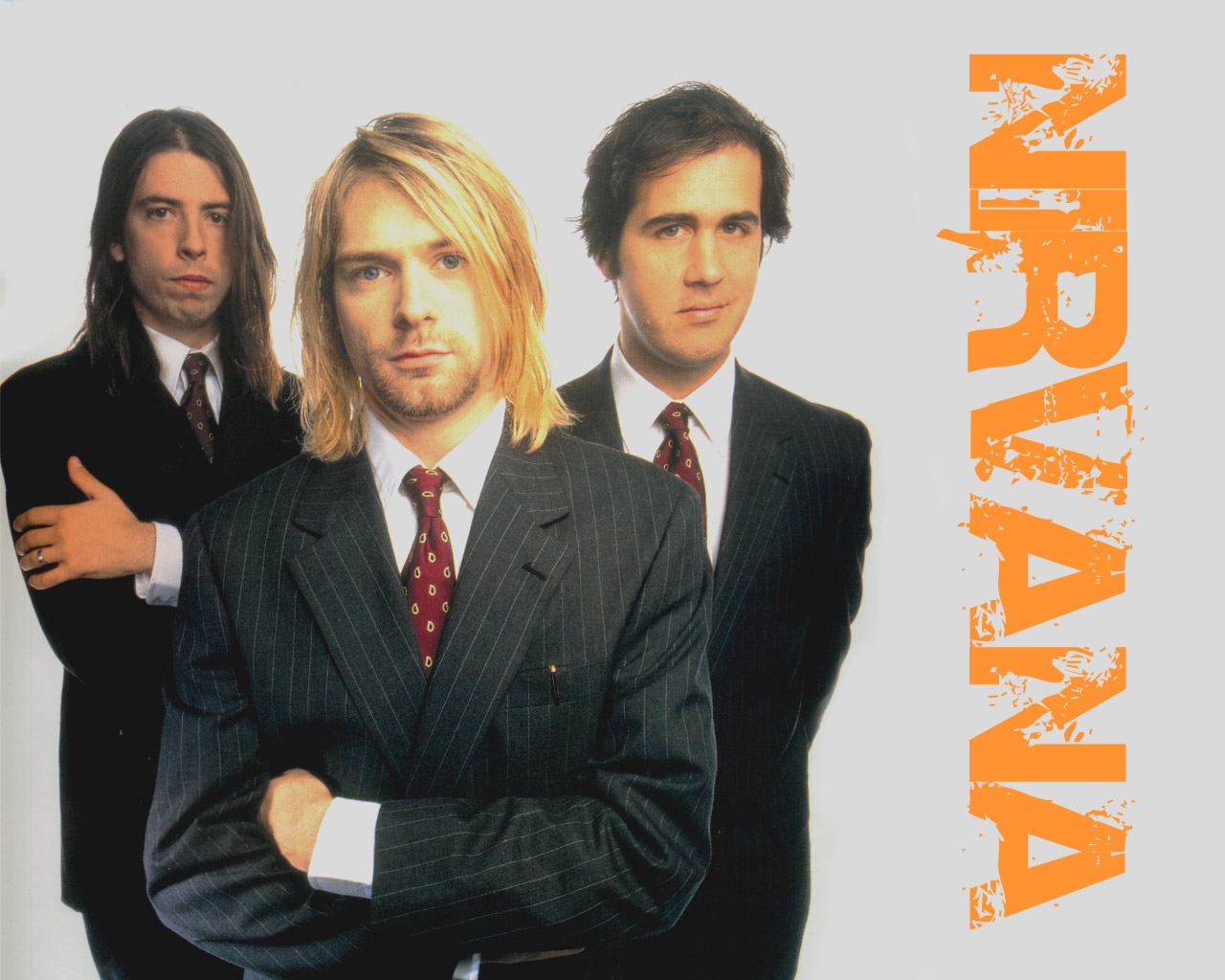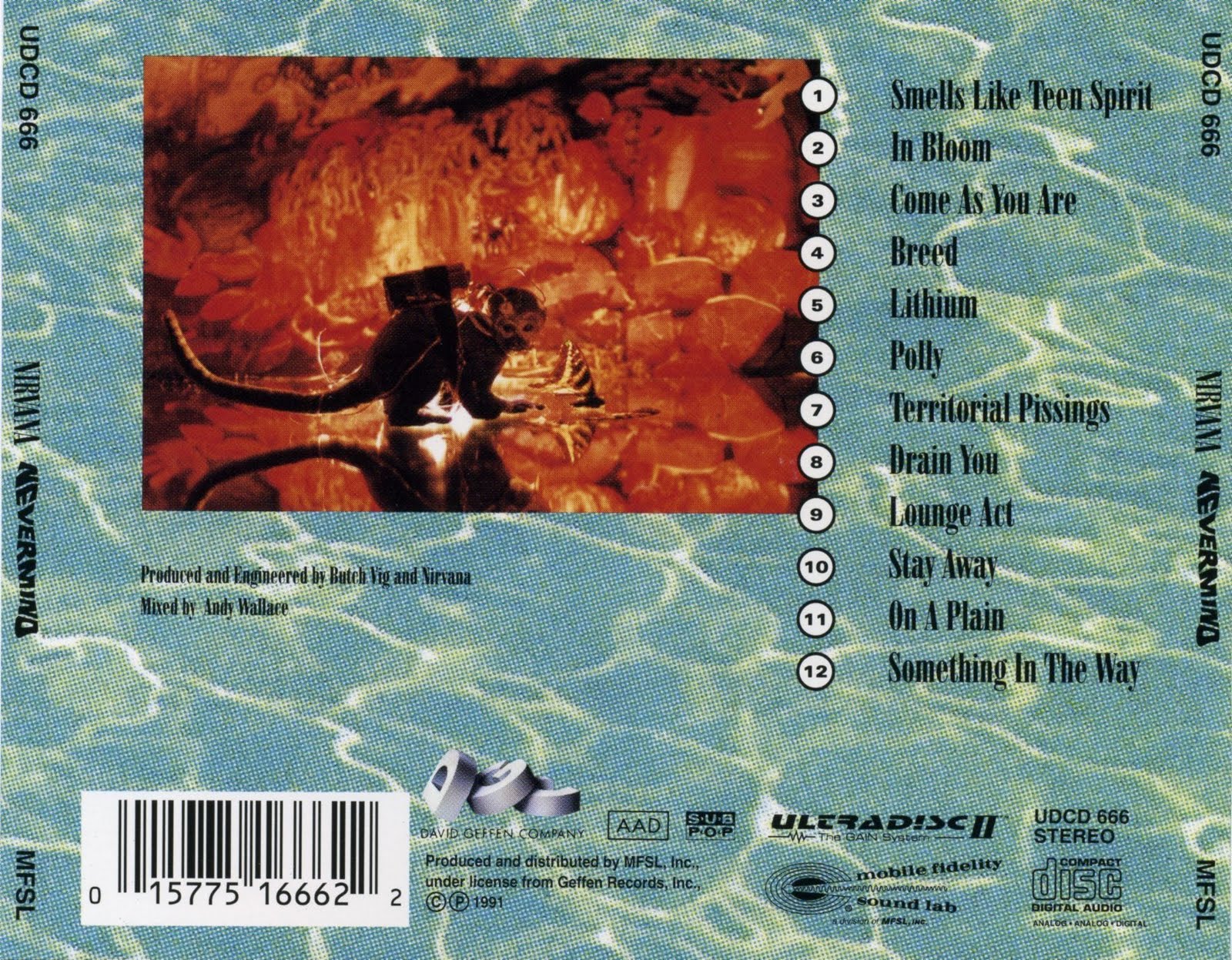There’s something magical about Nirvana’s album covers. They’re not just images—they’re icons that captured the essence of grunge, rebellion, and raw emotion. From the baby on Nevermind to the haunting simplicity of In Utero, these covers tell stories that go far beyond the music itself. If you’re a fan of Nirvana or simply curious about their visual legacy, this article dives deep into the artistry, symbolism, and history behind these iconic designs.
When we talk about Nirvana, it’s impossible not to mention their groundbreaking albums. But what often gets overlooked is how their album covers became just as legendary as the songs inside. These images weren’t just placeholders—they were deliberate choices that reflected the band’s ethos and connected with fans on a visceral level. Let’s explore why these covers are still talked about decades later.
As we journey through this article, you’ll discover the stories behind each cover, the artists who created them, and the cultural impact they had. Whether you’re here for nostalgia or curiosity, stick around because there’s a lot more to Nirvana’s album covers than meets the eye. So grab your flannel, turn up the volume, and let’s dive in!
Read also:Latanya Richardson Jackson The Woman Behind The Iconic Legacy
Here’s what we’ll cover:
- Biography of Nirvana
- Blister in the Sun: The Origins of Nirvana
- Bleach Cover: A Grunge Beginning
- Nevermind Cover: Diving Into Iconic Waters
- In Utero Cover: Raw and Unfiltered
- Symbolism Behind the Covers
- The Artistic Process Behind Nirvana’s Covers
- Cultural Impact of Nirvana’s Covers
- Fan Reactions and Legacy
- Conclusion: Why Nirvana’s Covers Matter
Biography of Nirvana
Before we dive into the album covers, let’s take a quick look at Nirvana’s journey. Formed in Aberdeen, Washington, in 1987, Nirvana consisted of Kurt Cobain (vocals/guitar), Krist Novoselic (bass), and Dave Grohl (drums). Their music redefined rock in the early ’90s, blending punk energy with melodic sensibilities.
Here’s a brief overview of the band members:
| Name | Role | Born | Died |
|---|---|---|---|
| Kurt Cobain | Vocals/Guitar | February 20, 1967 | April 5, 1994 |
| Krist Novoselic | Bass | May 16, 1965 | Alive |
| Dave Grohl | Drums | January 14, 1969 | Alive |
Blister in the Sun: The Origins of Nirvana
Before Nirvana became a household name, they were part of the underground punk scene. Their early years were marked by a DIY ethic, and this spirit carried over into their album covers. Each design was carefully curated to reflect the band’s identity and values.
Bleach Cover: A Grunge Beginning
Let’s start with Bleach, Nirvana’s debut album from 1989. The cover features a stark, black-and-white photo of a baby crawling on a carpet, with a syringe and a dollar bill in the background. It’s a haunting image that sets the tone for the raw, unpolished sound of the album.
The cover was designed by Robert Fisher, a close friend of the band. He wanted to capture the bleakness of Aberdeen, Washington, and the struggles faced by the band members. The syringe, in particular, was a nod to the heroin epidemic that plagued their hometown.
Read also:Iheart Music Awards The Ultimate Celebration Of Todays Hottest Hits And Artists
What’s fascinating about the Bleach cover is how it resonated with fans. It wasn’t flashy or polished—it was real, and that’s what made it so powerful. Fans saw themselves in its simplicity and grit.
Nevermind Cover: Diving Into Iconic Waters
If there’s one Nirvana album cover that everyone knows, it’s Nevermind. Released in 1991, this album cover features a naked baby swimming underwater toward a dollar bill on a fishhook. It’s an image that’s both mesmerizing and unsettling, and it perfectly encapsulates the album’s themes of innocence lost and consumerism.
The baby on the cover is Spencer Elden, who was just four months old at the time. His parents agreed to let him be photographed for the album, and the image has since become one of the most recognizable in music history.
But why did Nirvana choose this image? According to Kurt Cobain, it was inspired by his own childhood memories of swimming in a lake near his home. The dollar bill, however, was a critique of the music industry and its obsession with profit. It’s a clever twist that adds layers of meaning to the cover.
Behind the Scenes of the Nevermind Shoot
The Nevermind cover was shot in a swimming pool in Los Angeles. The team used a fish tank to create the underwater effect, and Spencer Elden’s parents were on hand to ensure his safety. Despite the controversy surrounding the image—some critics accused Nirvana of exploiting a child—it remains one of the most iconic album covers of all time.
In Utero Cover: Raw and Unfiltered
For their final studio album, In Utero, Nirvana opted for a more straightforward approach. The cover features a black-and-white photo of a fetus in an ultrasound image. It’s a stark, almost clinical image that reflects the album’s raw and unfiltered sound.
The cover was designed by Cobain himself, who sketched the original drawing and sent it to artist Robert Fisher to refine. The choice of a fetus was deliberate—it symbolized new beginnings and the potential for growth, even in the face of adversity.
What makes the In Utero cover so compelling is its simplicity. Unlike the elaborate designs of Nevermind, this cover is stripped down to its essence. It’s a reminder that sometimes, the most powerful art is the simplest.
Symbolism Behind the Covers
Each Nirvana album cover is rich with symbolism, and understanding these symbols can deepen your appreciation of the music. Here are a few key themes:
- Childhood and Innocence: From the crawling baby on Bleach to the swimming baby on Nevermind, Nirvana often used images of children to explore themes of innocence and vulnerability.
- Consumerism and Critique: The dollar bill on Nevermind is a direct critique of the music industry’s focus on profit over artistry.
- Life and Death: The syringe on Bleach and the fetus on In Utero both touch on themes of life, death, and rebirth.
The Artistic Process Behind Nirvana’s Covers
Creating an album cover is more than just picking a pretty picture—it’s about crafting an identity. For Nirvana, this process involved collaboration between band members, artists, and designers. Each cover was a labor of love, carefully crafted to complement the music.
Collaboration with Robert Fisher
Robert Fisher, the artist behind many of Nirvana’s covers, has spoken about the importance of trust in the creative process. “Kurt gave me a lot of freedom,” he said in an interview. “He trusted me to bring his vision to life.” This trust allowed Fisher to push boundaries and create covers that were both provocative and meaningful.
Cultural Impact of Nirvana’s Covers
Nirvana’s album covers didn’t just define the band—they helped shape the cultural landscape of the ’90s. The raw, unpolished aesthetic of grunge became a symbol of rebellion against the excesses of the previous decade. And the covers played a huge role in this movement.
According to music historian Michael Azerrad, “Nirvana’s covers were a visual extension of their music. They challenged norms and pushed boundaries, just like their songs did.” This cultural impact is still felt today, as new generations discover the power of Nirvana’s art.
Fan Reactions and Legacy
Fans have always had strong opinions about Nirvana’s album covers. Some love the rawness of Bleach, while others are captivated by the surrealism of Nevermind. But one thing is certain—these covers have left an indelible mark on the music world.
In recent years, there’s been a resurgence of interest in Nirvana’s art. From tribute tattoos to museum exhibits, fans continue to find new ways to celebrate the band’s legacy. And the covers remain a central part of this celebration.
Conclusion: Why Nirvana’s Covers Matter
Nirvana’s album covers are more than just images—they’re pieces of art that capture the essence of a generation. From the haunting simplicity of Bleach to the iconic imagery of Nevermind, each cover tells a story that resonates with fans around the world.
As we’ve explored in this article, these covers are rich with symbolism, history, and cultural significance. They reflect the band’s values and connect with listeners on a deep, emotional level. So the next time you listen to a Nirvana album, take a moment to appreciate the cover—it’s part of the magic.
Now it’s your turn! Share your thoughts on Nirvana’s album covers in the comments below. Which one is your favorite? And don’t forget to check out our other articles on music history and art. Thanks for reading, and keep rocking!


